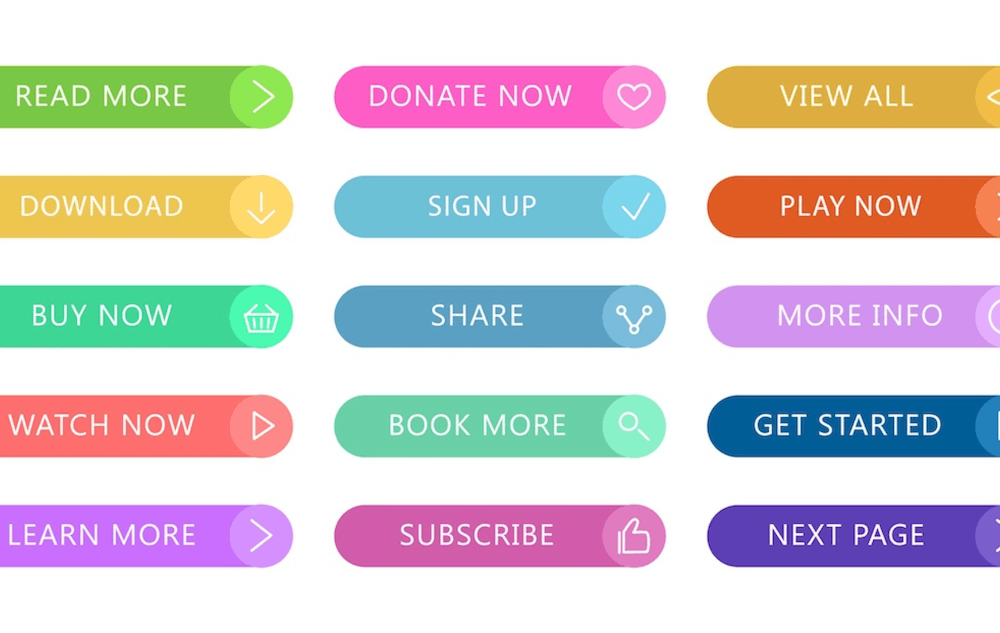Your website is one of your business’s most valuable tools for reaching potential customers and providing them with the information they’re looking for. For this reason, it’s essential to make sure that your site ranks highly on search engines so more people can find what you have to offer. However, to stay helpful and relevant, Google constantly updates how they rank pages on search engine results pages (SERPs). This means that SEO tactics that once worked in the past may not work in the future. With the previously-announced May Google algorithm update looming close, what can businesses expect? What SEO strategies will be most useful in keeping you ranking highly on SERPs? Read on to learn more about what you can do to stay ahead of the curve this May.
What To Expect From the May Google Algorithm Update
In May 2020, Google announced that they would be making a major update to their algorithms in 2021. This announcement came as a shock to many people, as Google doesn’t usually announce algorithm updates ahead of time. However, because of the global pandemic, Google wanted to allow businesses to prepare for their update ahead of time. While the exact details of the algorithm are proprietary, Google did let us know a few important details about the update, known as Page Experience.
With user experience at the forefront of design and tech advances, Google’s latest algorithm focuses on how your website performs more so than the content on it. This means websites that are mobile-responsive, quick to load, and secure will continue to rank higher than sites that don’t meet these criteria. In addition, when Google crawls your pages, they will also be looking at a set of metrics. These metrics, also known as Core Web Vitals, are a big part of the Page Experience update.
The Core Web Vitals score different aspects of your webpages including the time they take to load, what happens when people interact with your site, and how stable the content is as it loads. These Core Web Vitals include:
- Largest Contentful Paint (LCP): measures how quickly loading takes place on your site by seeing how long it takes for the largest image or text on your site to load. To provide the best user experience, loading should take place within 2.5 seconds of when the page first begins.
- First Input Delay (FID): measures how interactive your site is. It calculates how long it takes for your site to respond to user input (i.e. a user clicking on a button or link) To provide the best user experience, pages should have an FID of 100 milliseconds or less.
- Cumulative Layout Shift (CLS): measures the visual stability of your site. Have you ever been browsing a website when things suddenly shift or move? This is a cumulative layout shift, and it makes for a poor user experience. To provide the best user experience, pages should maintain a CLS of less than 0.1.
In addition, Google will look closer at the accessibility of pages. If you have interstitial content like popups, ads, or other text that loads before your text does, Google sees this as detrimental to user experience.
How will this Update Affect Your SEO?
While it’s important to pay attention to the metrics listed in the previous section, it’s difficult to predict exactly how these updates will affect your site’s ranking. Remember, these new metrics are simply part of the whole equation when it comes to figuring out what works for your SEO. It’s likely that great content will still rank you highly on SERPs. After all, it’s Google’s job to understand a user’s query and deliver the best possible results in the shortest amount of time, so filling your site with useful, helpful, relevant content is still important.
Many of the metrics that Google will be using in the new algorithm update are currently being used on a smaller scale, so we can expect these updates to have a somewhat minor, but still significant impact on how pages will be ranked. Sites with stale content, old designs, and poorly-loading features will likely be the ones to lose out in the rankings.
What Can You Do To Prepare?
So now that you know all about the upcoming updates, what can you do to get your site ready? Remember, because the algorithms are proprietary, no one outside of Google will know the exact criteria used to rank pages. In general, there are a few things you can do to prepare:
- Make sure your site fits the criteria. If your site isn’t already mobile-friendly, you’re late to the party! Test your site in all browsers and on all devices to make sure everything appears correctly. In addition, lose any interstitial content – it can really detract from what you’re trying to say.
- Focus on your audience. This should be pretty obvious but focus on the experience the user will have on your site. Is it easy to navigate? Can a user find what they’re looking for without needing to spend five minutes clicking through links? Is your design clear? Is your text concise? Are your graphics appropriate and attractive? Think about what elements you want when browsing a website as a customer and make sure your website has these elements.
- Keep posting great content. Helpful and relevant content is what people are looking for on your site, so it will continue to get you solid rankings. Content like the text on your pages and your blog posts should strive to answer questions that people may have when visiting your website.
- Test your pages. Google Core Web Vitals report will show exactly how your pages stack up. If you find that some things are moving slower than you’d like, you can use some of Google’s PageSpeed Tools to improve your performance.
Finally, don’t stress too much about the Google algorithm changes! If you feel like your SEO needs a little boost, Designzillas is here to help. View our SEO Services to learn more about what we can do to help you stay relevant in today’s changing landscape.






